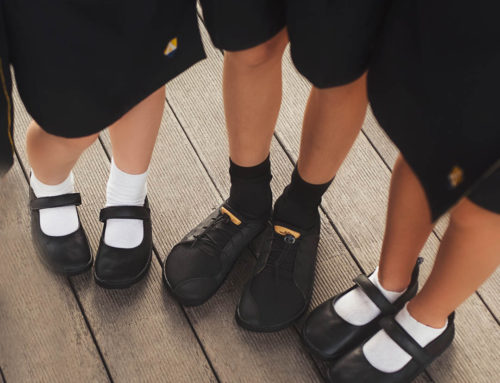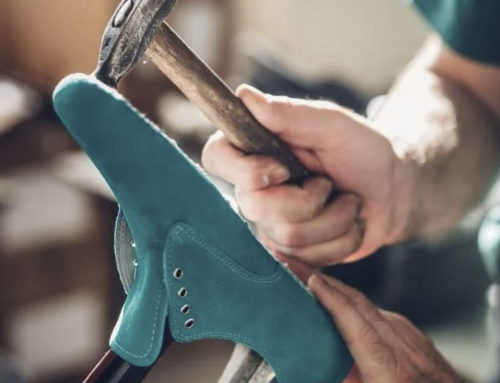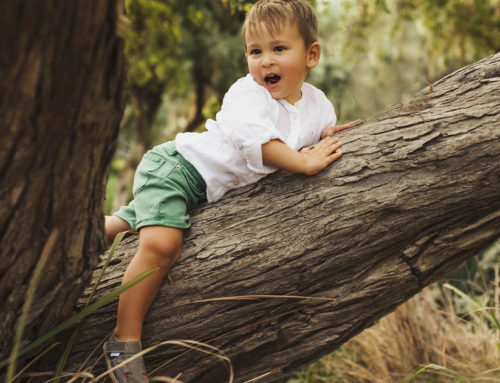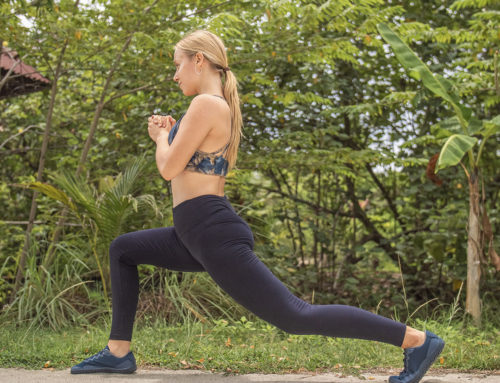In recent years, the popularity of trendy plastic-made clogs, has surged. These whimsical and colourful shoes have become a fashion statement for children, but beneath the vibrant exterior lies a concerning reality for the health of tiny feet.
The charm of trendy clogs is undeniable—bright hues, playful designs, and easy slip-on features make them an attractive choice for parents and children alike. However, there’s more to these seemingly innocent shoes than meets the eye. Many trendy clogs are crafted from synthetic materials, particularly plastic, which can have adverse effects on the delicate feet of youngsters.
- Sweating Woes
Plastic clogs, notorious for trapping heat and moisture, create an environment conducive to excessive sweating. The lack of breathability in these materials can lead to discomfort, skin irritation, and an increased risk of fungal infections. Little feet, constantly in motion, deserve a breathable haven rather than being encased in a stifling environment.
- Restricted Movement
The hard soles of trendy clogs may look sturdy, but they can hinder the natural movement of growing feet. The rigidity of these soles limits flexibility and can impede the development of essential foot muscles. As children explore the world around them, their shoes should be allies, not barriers, encouraging free movement for optimal growth.
The Alternative Approach
As a counterbalance to the pitfalls of trendy clogs, the concept of barefoot shoes emerges as a beacon of hope for the well-being of little feet. Embracing the philosophy of barefoot walking, these shoes prioritize natural movement, flexibility, and breathability—key components for healthy foot development in children.
- Freedom to Move
Barefoot shoes provide an unparalleled sense of freedom for growing feet. Crafted with flexible materials that mimic the feel of being barefoot, these shoes allow natural movement, aiding in the development of muscles, balance, and coordination. Instead of confining feet in rigid structures, barefoot shoes enable the joy of unrestricted exploration.
- Quality Materials for Foot Health
Unlike their plastic counterparts, quality barefoot shoes prioritize materials that promote foot health. Breathable fabrics such as organic cotton, hemp, or leather ensure proper ventilation, reducing the risk of sweating and discomfort. The emphasis is on creating a symbiotic relationship between the shoe and the foot, fostering an environment conducive to optimal growth.
Starting Early: The Importance of Barefoot Shoes for Kids
The formative years of childhood lay the foundation for a lifetime of healthy habits, and footwear choices are no exception. Introducing children to barefoot shoes from a young age can contribute significantly to their overall well-being.
- Muscle Development
Barefoot shoes stimulate the intrinsic muscles of the feet, encouraging strength and dexterity. Unlike shoes with rigid soles that limit movement, these shoes allow the foot to flex and adapt naturally, promoting robust muscle development.
- Balance and Coordination
The sensory feedback provided by barefoot shoes enhances proprioception—the body’s awareness of its position in space. This heightened sensory connection fosters better balance and coordination, crucial elements for a child’s physical development.
- Prevention of Foot Issues
Wearing inappropriate footwear during childhood can contribute to long-term foot issues. Barefoot shoes, by allowing the foot to move naturally, reduce the risk of conditions like flat feet, pronation, and other structural problems.
Choosing Wisely: A Parent’s Guide
When it comes to selecting footwear for little ones, informed choices make a significant difference. Here are some guidelines for parents navigating the myriad of options:
- Prioritize Breathability
Opt for shoes made from breathable materials like organic cotton, leather, or hemp to ensure proper ventilation and reduce the risk of sweating and discomfort.
- Embrace Flexibility
Choose shoes with flexible soles that mimic the natural movement of bare feet. This encourages the development of essential foot muscles and supports overall foot health.
- Size Matters
Ensure that shoes fit properly with room for growth. Ill-fitting shoes can impede natural movement and lead to discomfort or potential foot issues.
Conclusion: Nurturing Happy and Healthy Feet
In the pursuit of fashion-forward choices for our little ones, it’s crucial to prioritize their health and well-being. Trendy clogs, with their plastic construction and rigid soles, may offer style, but they come at the cost of potential foot issues. Embracing the philosophy of barefoot shoes, crafted from quality materials, presents an alternative that promotes natural movement, flexibility, and breathability—the cornerstones of happy and healthy little feet. As parents, let’s stride confidently toward a future where every step is a joyful exploration, unencumbered by the constraints of unhealthy footwear choices.









